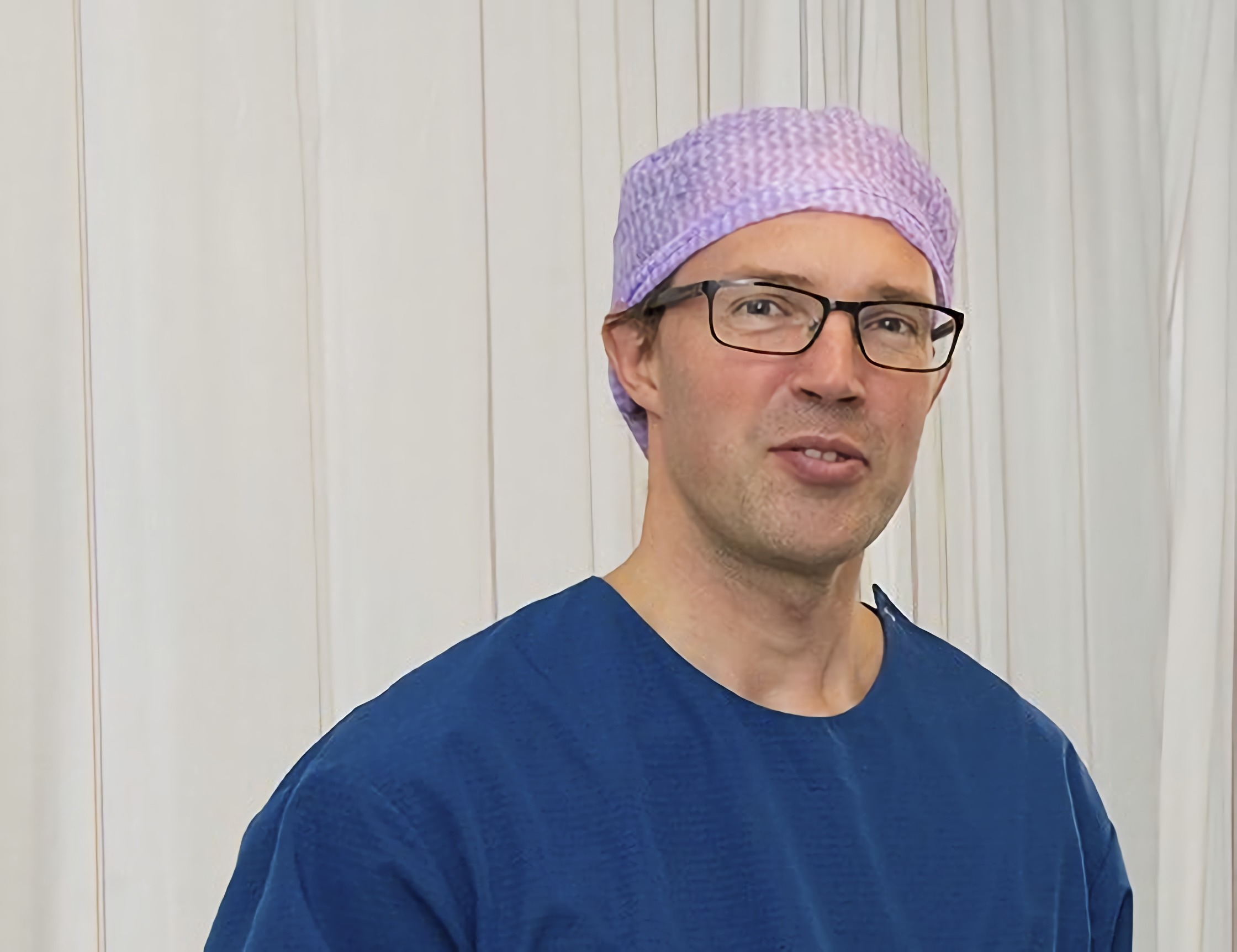
Improving perioperative care with a nationwide quality registry
Could you introduce yourself?
I’m Seppe Koopman, an Anesthesiologist at Maasstad Hospital in Rotterdam. I am providing anesthesia to patients and also working on implementing a quality registry for the anesthesiologist care we are providing every day to, on one hand, benchmark our performance and, on the other hand, practice evidence and experience-based learning.
What is perioperative care?
In a broader sense, we are providing anesthesia to a patient. So we are ensuring that the surgeon or other operating specialist can operate on a patient and that the patient is comfortable during the procedure. We have different means for anesthetising the patient, depending on patient preference, expected postoperative care, and patient co-mobility. We can administer either a general, local, or regional technique. The goal is to keep the patient as comfortable as possible during the procedure. We provide excellent care but continually strive to improve our patient care. Scientific evidence only gets you so far, and we would like to identify best practices to learn from others. This way, we can practice both experiences and evidence-based learning,
Although there is usually more than one anesthesiologist working in a hospital at the same time, we have little insight into how our colleagues are performing and how your performance is related to that of your colleagues.
Is that the reason why you wanted to start this quality registry?
We have set up two quality registries (see below) for sub-specialities but don’t have a general perioperative quality registry yet.
- chronic pain treatment (sub-specialty)
- neuromodulation (sub-specialty)- perioperative care (general)
“If you do not know what you are doing and how well you are doing it, you have no right to be doing it”, says Professor Sir Bruce Keogh, NHS Medical Director. We would like to know how we’re performing, and we would like to show what the quality of our care is.
Seppe Koopman
What kind of impact are you trying to make on patients’ life?
The level of care we provide in the Netherlands is already relatively high, certainly compared to other countries. We recently had a resident from Romania, and if you look at the difference in available drugs/medication and perioperative monitoring, we provide excellent care with the available means. We also have a high level of training during our residencies. But you can always improve quality, and I think you should always try to improve the quality of care.
Now, we don’t know the quality of our immediate colleagues, let alone our colleagues in different hospitals. If we have more insight into the differences in quality, we can start identifying best practices, learning from them, and implementing them.
And that way, you can improve the quality we’re all providing, taking it to a higher level.
Which aspects are you looking into when talking about improving patient care?
Primarily improving clinical outcomes in the Netherlands, in the future international benchmark would be nice; there are large international databases with anesthesia data. It would be very valuable if we could compare it to our data.
An important aspect of this quality registry is providing a safe learning environment for clinicians. Data in this registry is meant to improve patient care and not for managers and insurance companies. A dashboard will be provided for the individual health care provider where he/she can compare his / her data to other groups but not to other individuals. We hope to improve patient care while providing a safe learning environment for healthcare providers.
How can the quality registry help a patient during or after an operation?
I think all my local and regional anaesthetic techniques work quite well. But I can’t back it up with real-life data. Maybe one of my colleagues has a higher success rate with his or her local and regional techniques, and I can improve my patient care by learning from my colleague.
But without data, it’s always a gut feeling. And gut feelings are sometimes correct, but not always.
Suppose you can improve the quality of your local and regional techniques and increase your success rate. In that case, you can increase postoperative pain treatment, improving patient experience because these techniques work better.
What are the following practical steps you are going to take in the next year?
At the moment, MRDM helps us get the quality registry’s technical aspects working. Then we’ll need to sign up different hospitals to participate in the registry and develop queries to automatically extract data from our patient data management systems and electronic patient records. These queries will be shared with other hospitals to improve the speed with which other hospitals can participate. We will have to test delivery methods and get the dashboard to work in a way that provides the data we’re interested in. MRDM is a great partner that makes all the technical aspects of the project possible.
The goal is to get as much nationwide coverage as possible; the ambition is to sign up 50% of the hospitals in the next two years and 100% within five years. This quality registry will run on the DICA (Dutch Institute for Clinical Auditing) platform.